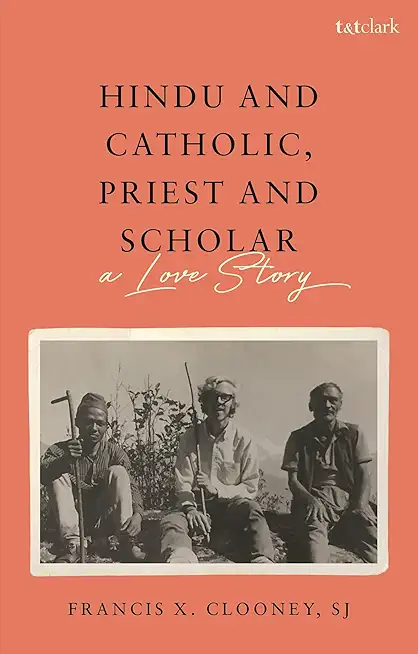
Posa, Carmel
product information
description
ncient hagiographical method used to recover the missing life and voice of St. Scholastica of Nursia. In The "Lost" Dialogue of Gregory the Great, Carmel Posa, SGS, applies a "disciplined imagination" and the ancient hagiographical method to recover the missing life and voice of St. Scholastica of Nursia. Drawing on a wide range of scholarship, including Gregory the Great's four famous dialogues, biblical models, and the Rule of Benedict, Posa follows a technique similarly used by Saint Gregory himself to create an engaging and credible account of Scholastica's life. In The "Lost" Dialogue of Gregory the Great, Posa's use of the hagiographical method as a "disciplined imagination" serves as a tool for the repositioning of women's lives in history. By presenting a "lost life" of Scholastica into the hagiographic record of Christianity, she gifts the Church for today with the story of a beloved saint that will not only inspire readers but encourage them to ponder more searchingly the sources of the wisdom contained in Benedict's remarkable Rule. Carmel's careful methodology also offers readers an image of Scholastica that has a spiritual standing apart from her famous and holy brother. She retrieves the enduring legacy of Scholastica from the margins and places her into the center of monastic history, in particular and church history, in general. Oblates, Benedictines, and those interested in monastic spirituality will also be challenged to reconsider those women whose voices have been erased, devalued, or ignored over the centuries and inspired to "listen carefully" to the whispered words and wisdom of women as we mark our journey together into a future full of hope, with Christ and his Gospel for our guide.
member goods
No member items were found under this heading.
listens & views

DANCES OF ETERNITY: WORKS FOR ...
by BAKKER / MORAVIAN PHILHARMONIC ORCH / KUCERA
COMPACT DISC$17.75
Return Policy
All sales are final
Shipping
No special shipping considerations available.
Shipping fees determined at checkout.






